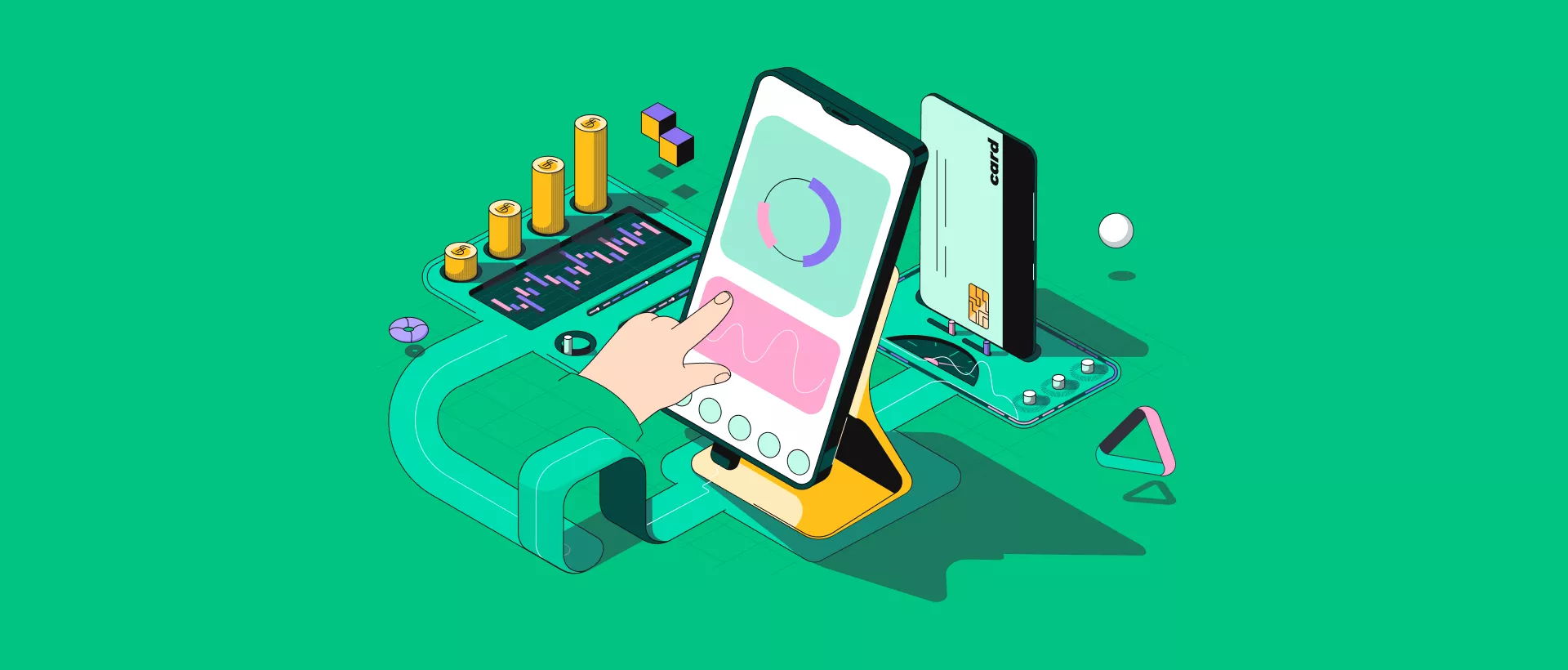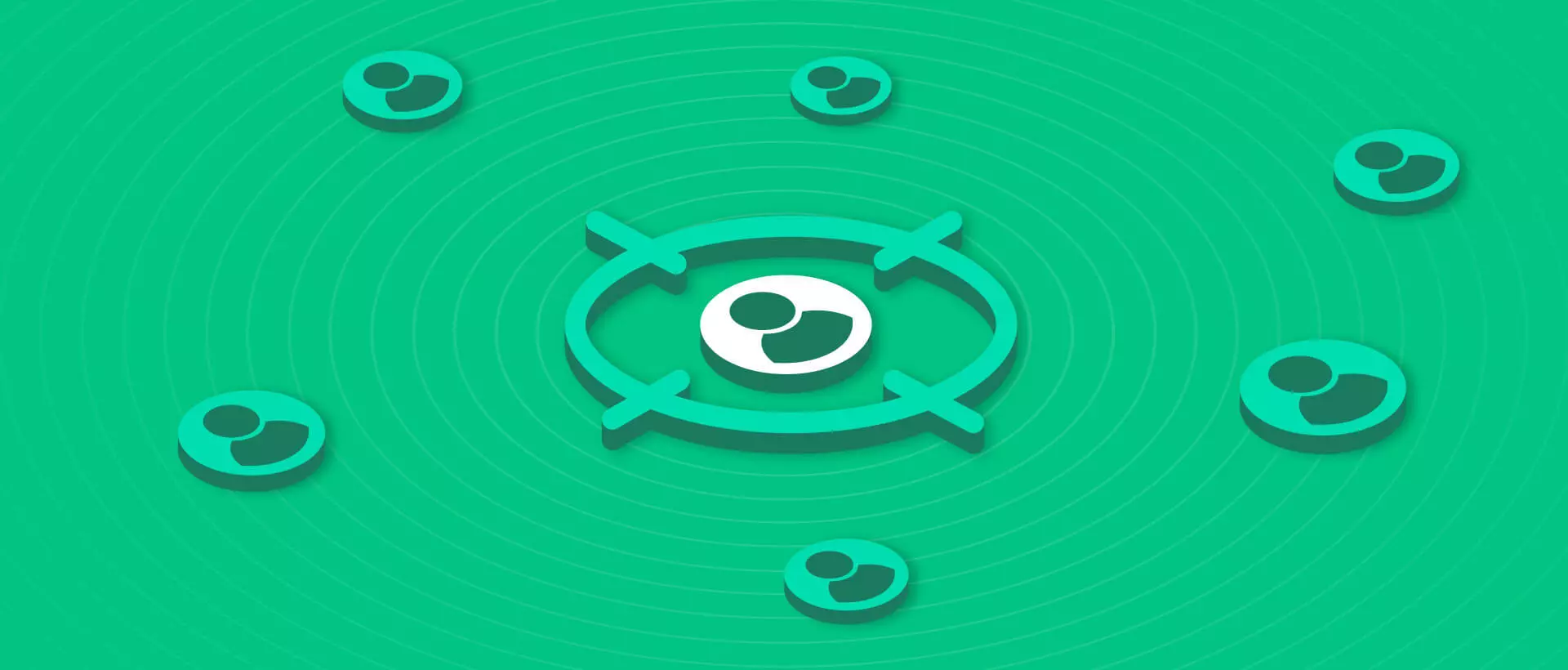Welcome to the world of gamification marketing, where playfulness meets profitability.
Imagine transforming your marketing campaigns into captivating games.
Picture your customers eagerly engaging with your brand, as active participants on an adventure they can’t resist.
In this article, we’ll dive headfirst into what gamification marketing can do for you.
We will explore how game elements can revolutionize your approach to marketing your brand.
So are you ready to level up your marketing strategies?
What is Gamification Marketing?
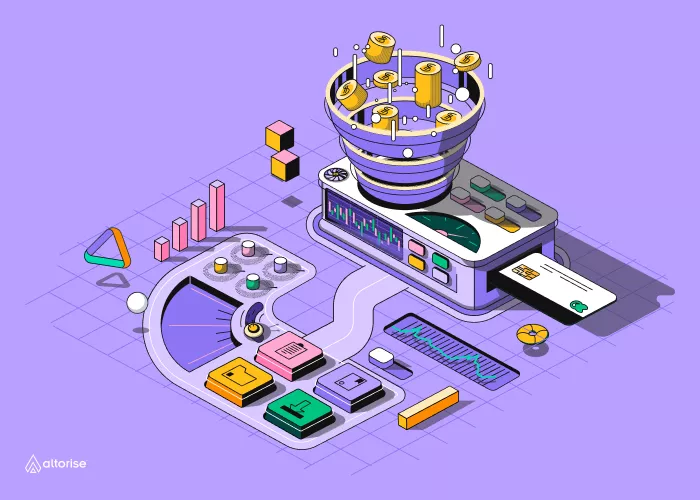
Gamification Marketing is a strategic approach that satisfies customers' psychological needs, fostering their interest and investment in your project or product.
It incorporates game mechanics and design elements into non-gaming environments, like your marketing campaigns, to increase engagement and encourage brand interaction.
This innovative approach utilizes game-like features (points, levels, badges, rewards) to create an interactive and enjoyable customer experience while achieving marketing performance goals.
The ultimate aim is to elevate customer engagement, nurture loyal customers, and increase sales.
By infusing playfulness and excitement into your marketing initiatives, you can capture the attention and interest of your target audience, providing a unique and memorable brand interaction.
What Gamification Marketing is Not
Gamification marketing goes beyond the simple addition of game-like features to marketing campaigns.
It is not merely about incorporating a points system, badges, and leaderboards.
Instead, it involves leveraging game mechanics and psychology to create immersive experiences that inspire and incentivize the target audience to take action.
It is important to note that gamification marketing is not a gimmick or a deceptive tactic to manipulate consumers into purchasing products or services.
When implemented correctly, it enhances customer loyalty, fosters brand loyalty, and drives meaningful engagement.
But game-based marketing is not an overnight solution. It cannot be hastily implemented.
It requires meticulous planning, strategic execution, and continuous optimization to achieve effectiveness.
What are the benefits of Gamification Marketing?
Apart from capturing attention, involving customers more effectively, and building stronger emotional connections and brand loyalty amongst customers, this is how gamification strategies can help your brand:
- Improved Retention: It keeps your customers coming back and reduces churn rates.
- Behavior Modification: It motivates customers to take desired actions.
- Data-driven insights: Gamification provides valuable data on customer preferences and behavior.
- Expanded reach: By incorporating game design elements, you can unleash viral potential and captivate a wider audience, drawing in fresh customers.
- Educational experiences: Gamification techniques make your learning process enjoyable and boost knowledge retention.
- Competitive advantage: It differentiates your brand from competitors.
- Positive user experience: Adding gamification elements creates enjoyable and memorable interactions.
- Measurable results: It allows for tracking and evaluating campaign effectiveness.
Why should you use gamification strategy as one of your marketing strategies?
Gamification marketing can be a powerful strategy for several reasons, including:
-
Engaging New Users
Adding game features to your marketing campaign can attract and engage new users by offering an interactive and enjoyable experience.
By incorporating game elements, such as challenges, rewards, and competitions, you can capture the attention of potential customers and encourage them to interact with your brand.
-
Retaining Users
Gamification helps to keep users coming back for more.
By providing ongoing challenges, achievements, and rewards, you create a sense of progression and achievement, which motivates users to continue participating and engaging with your brand over time.
-
Increasing User Frequency
Gamification can increase the frequency of user interactions with your brand.
By incorporating elements such as daily quests, streaks, or time-limited events, you create incentives for users to visit your platform or use your products/services more frequently.
-
Product Discovery
Gamification provides an opportunity to showcase different products or features within your brand.
By designing game mechanics that require users to explore various aspects of your offerings, you can increase their exposure to different products, promoting discovery and potentially driving more conversions.
-
Referral Rewards
Gamification can facilitate word-of-mouth marketing and user referrals.
By incorporating referral programs or rewards for inviting friends, you incentivize existing users to spread the word about your brand and attract new customers, leveraging the power of social networks.
How to add game design elements and other game mechanics to improve your marketing strategy?
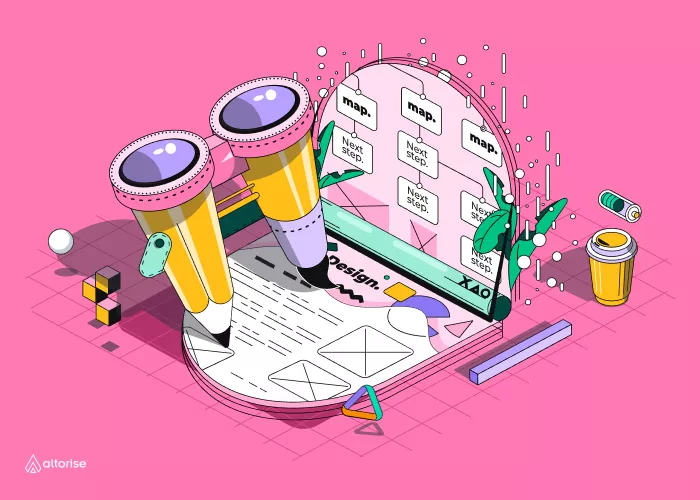
-
Building a sense of community
Creating shared goals and challenges ignites a sense of camaraderie and friendly competition among participants.
Gamification marketing encourages individuals to collaborate, compete, and interact with fellow participants.
This immersive experience fosters a sense of community and belonging as individuals feel connected to a diverse group of like-minded enthusiasts.
Gamification marketing strengthens the relationship between your brand and its customers.
With this, you are able to create a lasting connection built on shared experiences and a sense of belonging.
-
Fostering Clarity
Clarity allows participants to quickly grasp the mechanics of the game and engage more effectively.
People of all backgrounds and skill levels can easily understand and engage with the game, increasing the inclusivity and reach of your marketing efforts.
Simple rules free up mental bandwidth, allowing individuals to focus on the fun and excitement of the game itself.
By removing unnecessary complexity, you create a more immersive and enjoyable experience that keeps participants engaged and motivated.
When rules are concise, it becomes easier to make adjustments or introduce new elements to the game without overwhelming participants.
This adaptability ensures that the gamification marketing strategy remains dynamic and responsive to evolving needs or feedback.
-
Building a sense of achievement
Break down larger objectives into smaller, achievable tasks to create a sense of progress and accomplishment as they move forward.
Offer meaningful and relevant rewards that align with the goals and objectives of the gamified experience.
These rewards can be virtual badges, points, levels, or unlockable content.
Ensure that the rewards hold value and significance to the participants, providing a sense of accomplishment when they are earned.
Feedback reinforces a sense of achievement and motivates participants to continue engaging with the gamified experience.
Leaderboards, time-based challenges, or collaborative team-based activities can create a healthy sense of competition and motivate individuals to excel and strive for higher levels of achievement.
Allow participants to personalize and customize their experience within the gamified environment.
Personalization gives participants a sense of ownership and investment in their journey, leading to a deeper sense of achievement when they reach their personalized milestones.
Publicly acknowledge and celebrate their accomplishments to foster a sense of pride and recognition among participants.
-
Providing personalized feedback
Analyze participant behavior and performance to offer tailored recommendations and suggestions.
Based on their progress and achievements, provide specific guidance on how they can further improve or reach their goals.
This personalized feedback shows that you understand their unique journey and are invested in their success.
Address participants by their names and highlight specific achievements or milestones they have reached.
These personalized messages can be sent through email, in-app notifications, or even personalized video messages to create a more impactful and memorable feedback experience.
Enable a feedback mechanism where participants can share their insights, strategies, and advice with their peers.
This fosters a sense of community and allows participants to receive personalized feedback from others who are also actively engaged in the gamified experience.
Analyze participants' behavior patterns, preferences, and performance data to offer personalized feedback that is aligned with their unique needs and goals.
This data-driven approach ensures that the feedback provided is relevant and actionable.
-
Making it more culturally relevant
Conduct thorough research and gain a deep understanding of your target audience's cultural backgrounds, values, beliefs, and traditions.
This knowledge will help you incorporate culturally relevant elements into your gamified experience.
Develop narratives and storylines that reflect the diversity and inclusivity of your target audience.
Incorporate characters, themes, and settings that resonate with different cultures, ensuring representation and avoiding stereotypes.
Approach cultural references with sensitivity and respect, avoiding cultural appropriation or misrepresentation.
Seek feedback from diverse voices and be open to making adjustments or corrections based on cultural insights.
Cultivate a mindset of continuous learning and improvement in regard to cultural relevance.
Stay updated on evolving cultural trends and sensitivities, actively seeking feedback and adapting your gamification marketing strategy accordingly.
-
Tackling Participants' Negative Experiences
When a participant expresses a negative experience or frustration, respond promptly and acknowledge their concerns.
Let them know that their feedback is valuable and that you are committed to addressing their issues.
Take the time to listen and understand the participant's perspective actively.
Empathize with their frustrations and show genuine concern for their experience. This helps create a sense of validation and demonstrates your commitment to their satisfaction.
If there was a mistake or a genuine reason for the negative experience, apologize sincerely.
Aim to resolve the issue as quickly and effectively as possible.
Avoid providing generic responses or solutions. Instead, demonstrate that you have carefully considered their feedback and provide personalized resolutions that align with their needs.
Maintain transparent communication with participants throughout the resolution process.
Keep them updated on the progress and any actions taken to address their concerns. This fosters trust and demonstrates your commitment to their satisfaction.
-
Maintaining transparency
Provide comprehensive information upfront, ensuring they understand what to expect and how the game works.
Allow participants to track their progress, scores, and achievements within the gamified experience. Make this information readily available and easily accessible to them.
Transparency in progress tracking enhances engagement and builds trust.
Clearly outline the criteria for earning rewards, such as points, badges, or levels.
Explain how rewards are calculated and the benefits associated with each reward. Avoid ambiguous or misleading reward systems that may confuse or mislead participants.
Provide channels for participants to provide feedback, and suggestions, and report any issues or concerns they may encounter during the gamified experience.
Actively encourage open communication and respond promptly to participant feedback.
Gamification Examples in the Real World
Habitica
Industry: Game & Productivity Building Software
Founded: 2013

Habitica is a mobile app gamification platform that combines productivity and gamification. It turns your daily tasks and goals into role-playing gameplay.
It incorporates a player-centered design where users create an avatar and embark on a virtual adventure.
You earn experience points and rewards by completing real-life tasks and maintaining positive habits.
Tasks can be assigned difficulty levels and deadlines. Completing tasks earns you experience points and virtual currency.
The currency can level up your character, unlock special items, and customize your avatar.
Habitica incorporates social elements, such as joining parties and guilds.
Parties allow for collaboration on tasks and challenges, earning rewards as a team.
Guilds are communities based on specific interests or goals.
Habitica encourages productivity, positive habits, and goal achievement through game mechanics and social interactions.
It transforms mundane activities and boring tasks into an engaging and motivating experience.
Starbucks
Industry: Retail coffee and snacks store
Founded: 1971
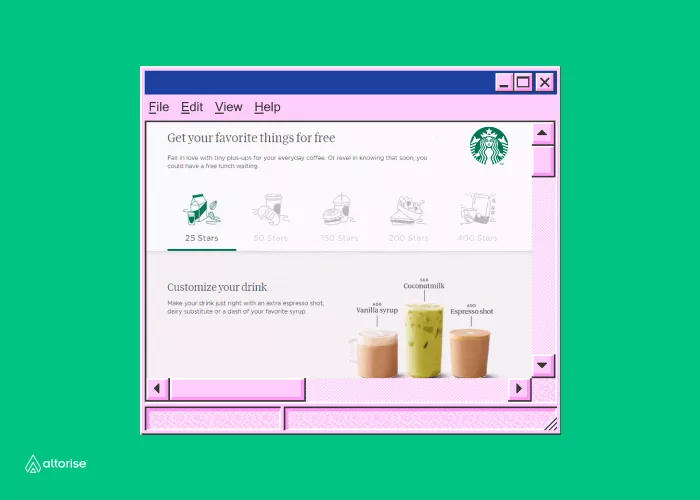
Starbucks' loyalty program enables customers to earn stars for purchases through the mobile app, which can be redeemed for free food and drinks.
Rewards for frequent purchases motivate increased store visits and spending.
Challenges and promotions within the app, such as trying new drinks or visiting within specific time frames, offer bonus stars to unlock additional rewards.
Personalized promotions based on customer data create excitement.
The app's progress tracking feature allows customers to monitor their star balance, rewards, and transaction history, adding a gamified element and motivating users to achieve higher levels and unlock new rewards.
Golem Network
Industry: Blockchain
Founded: 2014

Golem Network gamifies the process of accessing computing power, turning it into an exciting and rewarding experience.
Software developers can enter a virtual marketplace where they "gamble" with tokens or payments to access others' unused computing power.
Like navigating a virtual world, they explore, strategize, and select providers based on reputation and pricing.
Leveraging this computing power feels like unlocking a power-up, boosting efficiency and project completion.
Providers are motivated to offer their resources for rewards, creating competition and enhancing the gamified experience.
Golem Network provides an innovative and efficient solution, enhancing user engagement and addressing developers' resource needs.
Decentraland
Industry: Virtual worlds and blockchain-based gaming.
Founded: 2054
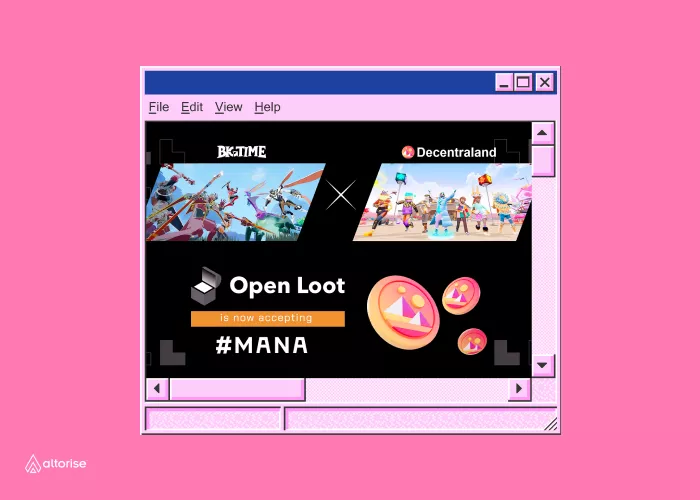
Decentraland is an example of gamification in a virtual reality platform.
Users can own virtual land, design and build structures, and compete with others to create engaging virtual spaces.
They can explore and interact with other users, fostering a sense of community.
The platform incorporates a gamified economy where users can trade unique virtual goods as NFTs.
Events and competitions provide opportunities for users to showcase their skills and earn rewards.
Decentraland's gamification elements incentivize creativity, ownership, social interactions, and participation, creating an immersive and dynamic virtual world experience.
Conclusion
In conclusion, gamification marketing harnesses the power of video games and game principles to boost user engagement and achieve desired outcomes.
By incorporating elements from computer games, such as rewards, challenges, and competition, you can create immersive experiences that captivate and motivate your target audience.
Gamification has proven to be a successful strategy, with numerous examples showcasing its effectiveness in various industries.
It can be used not only to engage customers but also to enhance employee engagement within organizations.
Gamification platforms provide the necessary tools and frameworks to implement gamified experiences, allowing businesses to tailor their approach to their specific objectives.
Gamification has emerged as a dynamic and impactful approach in marketing and work environments, revolutionizing the way people interact with products, services, and tasks.
With the support of Altorise, businesses can tap into the realm of successful gamification and leverage its power in various non-game contexts to motivate people and encourage engagement.
